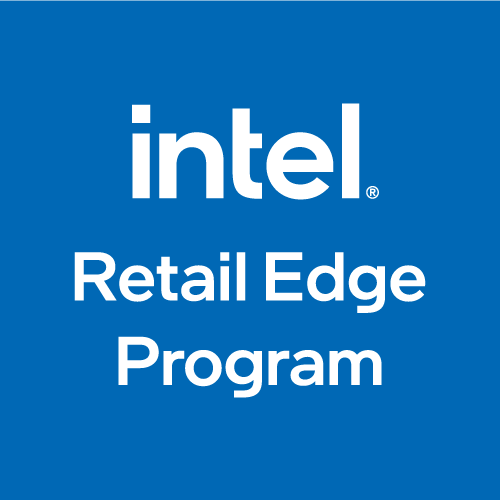1/6/17
Developing an in-depth understanding of your customer base can help your store achieve higher sales and increased profitability in the highly competitive world of consumer technologies.

Here are some signs to have your sales associates watch for when presenting products to your in-store customers.
According to the sales experts at Entrepreneur*, you can distinguish a polite smile from the real thing by looking at the eyes. Real smiles create wrinkles around the eyes, allowing you and your team to read your customers more accurately.
This feedback can allow a greater rapport to be achieved with shoppers and can boost your team’s ability to communicate effectively with new and current customers.
Holding eye contact too long, by contrast, may indicate a customer feels uncomfortable and is attempting to overcompensate. Giving extra space to shoppers who exhibit signs of discomfort can be a positive step toward accommodating different styles and preferences.
In most cases, mirroring the body language of someone with whom you are talking indicates a degree of understanding and agreement on the topics being discussed. Watching for this during interactions with customers can help associates spot those most likely to buy the products being suggested.
Opposing body language or closed-off gestures, by contrast, usually indicate serious disagreement or unwillingness to listen to the topics being discussed. If sales associates notice a customer crossing his or her arms while they are presenting a particular product, they should move on quickly and offer an alternative option.
This can allow them to make the most effective use of their time.
Quotewizard Marketing*, a leading Seattle sales consultancy firm, has also compiled some non-verbal cues that can help you and your employees discover what your customers might be thinking:
These minor body actions can help determine the thought process of customers and the best strategies for addressing their needs and concerns.
Asking questions directly can also provide added insights into the way your customers think. By identifying their most important priorities and providing in-depth information on the products and services most likely to fulfill their needs, you can achieve greater success in creating a personalized experience for every shopper in your store.
Encouraging your sales associates to participate in programs like the Intel® Retail Edge Program can help them to acquire the knowledge necessary to provide tailor-made shopping experiences for your customers. The knowledge acquired in these Learning activities can help your sales staff to provide expert guidance and support for customers as they shop for the devices to meet their needs.
References:
*Other names and brands may be claimed as the property of others.
© 2016, Intel Corporation. All rights reserved. Intel, the Intel logo, Intel Core, and Intel Retail Edge Program are trademarks of Intel Corporation or its subsidiaries in the U.S. and/or other countries.
